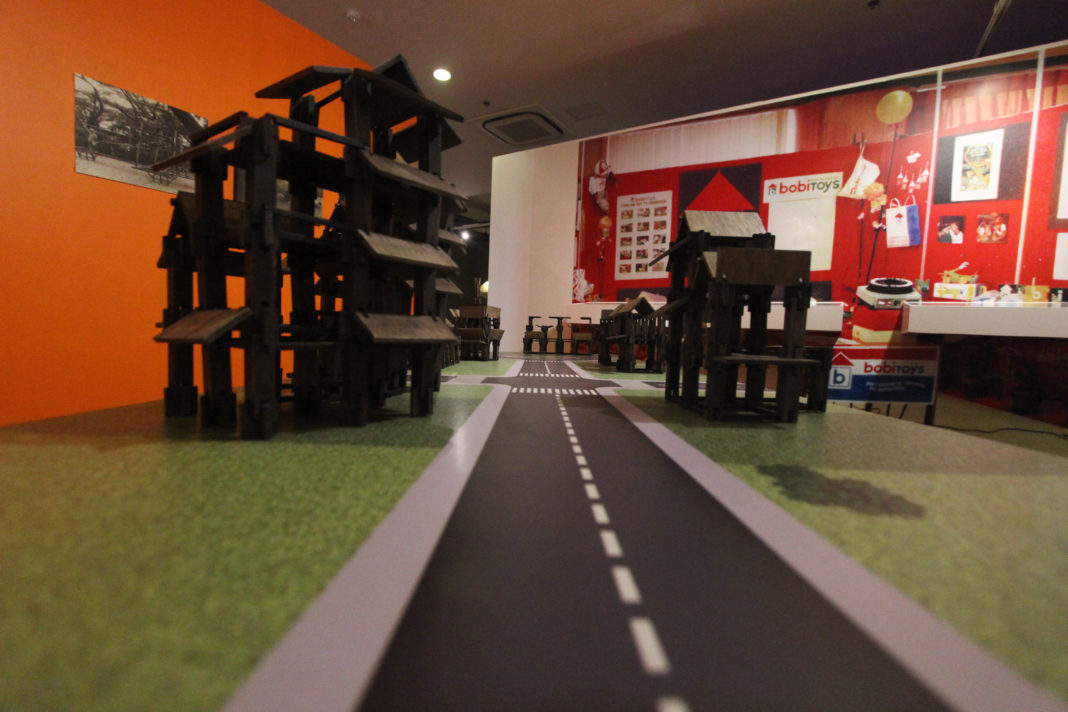WELL-KNOWN for his vernacular approach to architecture and design, veteran architect Francisco “Bobby” Mañosa showcases the studies and photographs of his most popular works in Mañosa: Beyond Architecture, an exhibit of landmark projects that date back to the 1950’s.
The exhibit, running until May 31 at the National Museum of the Philippines, displays almost 50 of Mañosa’s architectural projects, including his notable edifices Coconut Palace in Manila, the Edsa Shrine along the Epifanio delos Santos Avenue, the Mary Immaculate Parish in Las Piñas City and the Pearl Farm Resort in Davao City.
The projects—both recent and archival—are presented through photographs, examples of indigenous materials, interior design elements, furniture, audiovisual presentations and drawings and models.
Mañosa, who graduated with a BS Architecture degree from the University in 1953, has been a practicing architect for over 60 years. He is noted for pioneering vernacular architecture, the practice of translating a local or traditional culture into architectural designs.
Exhibit curator Gerard Lico said Mañosa evolved the vernacular style to capture the Filipino psyche.
“When the country emerged from the American occupation, Mañosa saw that moment as a chance to reconnect with our past to rediscover our Filipino identity as we become an independent nation,” Lico told the Varsitarian.
Mañosa eventually championed the use of indigenous materials on his projects.
“He does not use indigenous materials in their raw form,” Lico said. “Instead, he processes it using new technologies and technique to find more applications rather than mere decorative.”
The exhibit featured various swatches of indigenous materials used in Mañosa’s projects such as bamboo, sawali, abaca, rattan, coconut husk, coco lumber, shells and various Philippine hardwoods and textiles.
The exhibit displayed studies of probably Mañosa’s most famous work, the Coconut Palace (known as the Tahanang Pilipino) features the advancements he processed on bamboo, nipa, rattan, shell, coconut and adobe.
Mañosa is also noted for injecting visual and thermal qualities to conform to the country’s tropical climate.
His trademark designs such as the high ceilings, steep and sloping roofs, large windows, low eaves and angular overhangs portray the tropical profusions that are responsive to the local climate and culture.
Mañosa’s architectural firm Mañosa & Company, Inc. is known for offering modern designs based from the traditional psyche of the bahay kubo.
“But Mañosa is not into traditional mimicry,” Lico clarified. “He is rather into the appropriation of the spatial concept and tropical properties of the bahay kubo as a space of Filipino social encounters.”
Born on Feb. 12, 1931 in Manila, Mañosa received critical acclaim for his work on the Amanpulo Resort in Palawan for which he received the Asia Pacific Interior Design Award and the Best Beach Resort Worldwide by United Kingdom-based Gallivanter’s Awards for Excellence.
“Mañosa looked to the past to illuminate the future of Philippine architecture,” Lico said. “Everyone should emulate Mañosa, because he was able to create a unique Filipino expression based on familiar and old traditional paradigm.”














